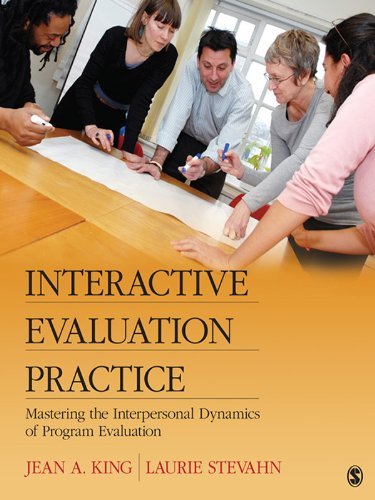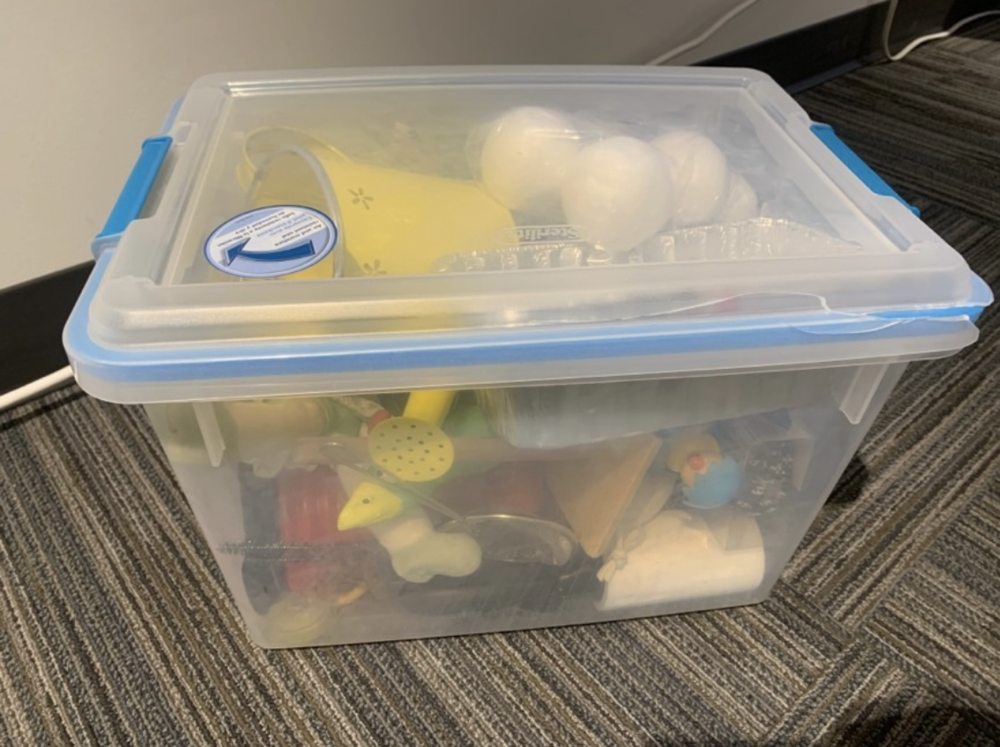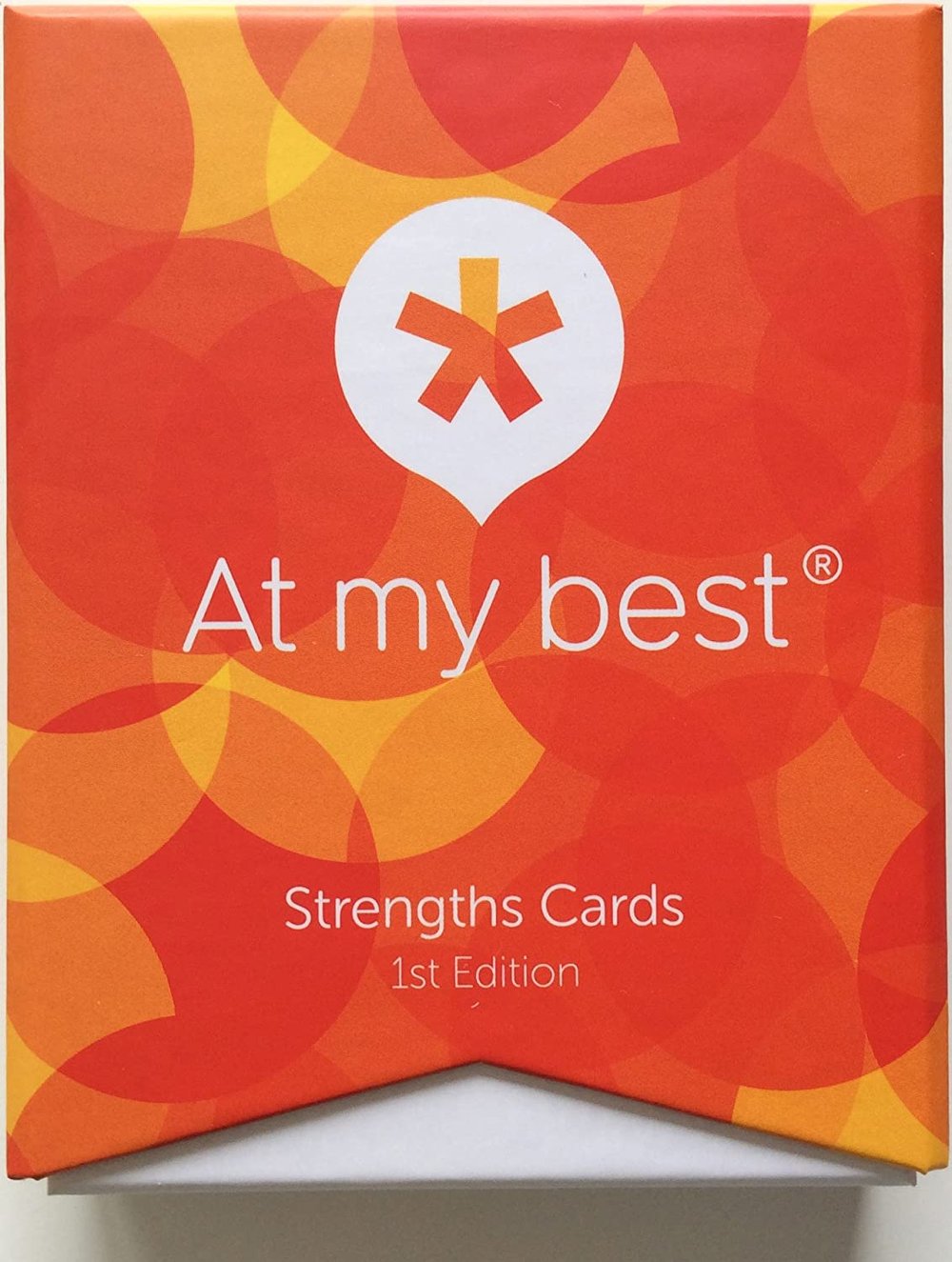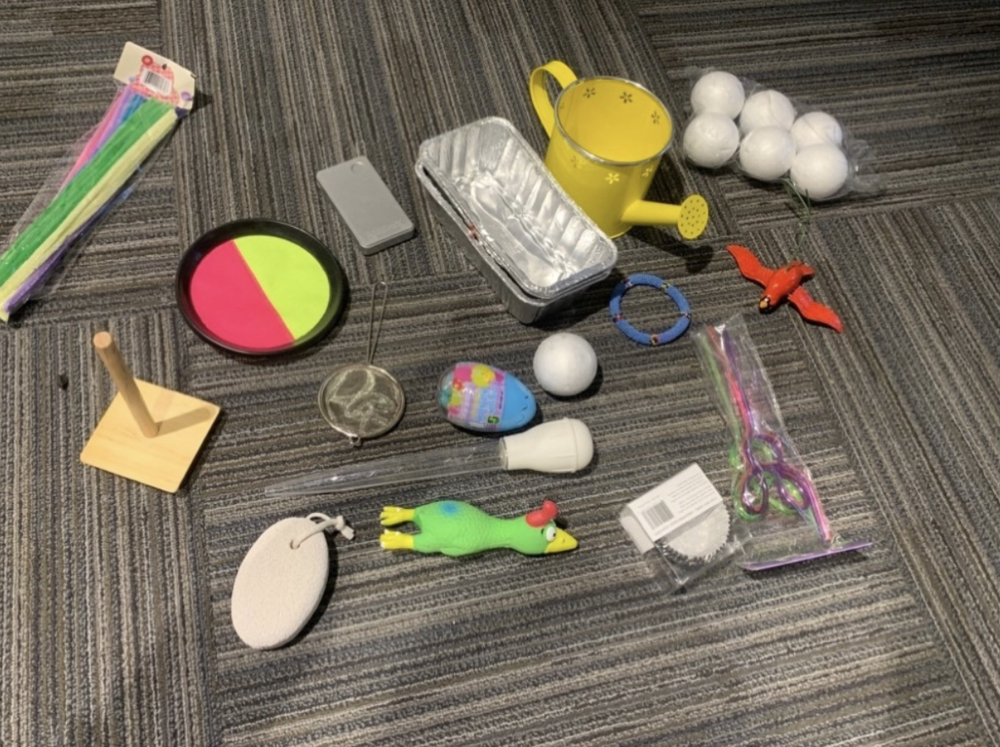This is an Eval Central archive copy, find the original at evalacademy.com.
Evaluators need to be many things; a good facilitator is high up on the list. We facilitate all sorts of conversations throughout the evaluation process (or at least we should!).
Sometimes just posing questions to a group and having a discussion works, but other times we may need to put in a little more effort to elicit the rich discussion and insights we are looking for.
After all, evaluation may get you jazzed up, but that probably is not the case for most people! To make sure stakeholders are engaged and get just as excited about evaluation as us, we need to use all the tools we have to support evaluation use.
Earlier in my career, I found myself searching the Internet for facilitated activity ideas I could apply in my evaluations. In 2014, I came across Jean A. King and Laurie Stevahn’s interactive evaluation practice workshop that was being offered at the American Evaluation Association conference.
In this workshop, they introduced interactive strategies that could be applied across various evaluation aims, approaches, and contexts. Jean and Laurie based this workshop on their book called Interactive Evaluation Practice: Mastering the Interpersonal Dynamics of Program Evaluation. I have revisited this book many times since that workshop when I need some inspiration for facilitation activities.

This evaluation facilitation series will highlight some of these facilitation activities and how I have applied them over the years. This article focuses on their “Making Metaphors” activity, along with some step-by-step instructions you can use to try it in your own evaluations.
Making Metaphors
When to use
Metaphors and similes are effective at taking an abstract or hard-to-understand concept and comparing it to a simple, concrete concept. As a result, good metaphors are effective at helping people understand something they otherwise might not have (check out this article where we compared writing an evaluation report to cooking). I like using the Making Metaphors activity to:
-
Assist people with important or difficult conversations
-
Integrate views and develop a shared understanding on a topic
-
Articulate what is known to the group
-
Spark humour and playfulness
In particular, I like to use this activity when I start an evaluation. At the start of an evaluation, I want to understand the ideas, perceptions, and experiences those I am working with have around evaluation so I can adjust my approach accordingly. Sometimes I incorporate the Making Metaphors activity in the evaluation kick-off meeting when people introduce themselves (see our What conversations do you need to have at the start of an evaluation? article for more kick-off meeting ideas). As part of their introduction, I will ask them to think about the metaphor or simile (e.g., “Evaluation is like…”) and then ask them to complete it.
This activity is also good to use when completing a logic model or theory of change with a group and you need them to clearly articulate what success looks like.
The following outlines directions for the activity, along with an example and tips to consider.
Directions
Group Size
This activity can work with any group size, but works best if you break participants into groups of 2 – 5 people.
Time Required
5 -10 minutes per metaphor
Instructions
-
Present an open-ended metaphor or simile (using the word like) stems. For example:
-
“My previous evaluation experiences have been like…”
-
“Evaluation is like…”
-
“A successful evaluation looks like…”
-
“Success of the program looks like…”
-
-
Ask participants to complete the metaphor or simile. The quickest and simplest way is to ask participants to respond using words. However, you can also ask participants to create a response by selecting an object (see Tips below). If you have the time, I would suggest trialing the object over the words, because words can sometimes be constraining and using an object depends less on verbal acuity.
-
(If an object is selected) Give participants time to find an object until they find one that relates to and completes the metaphor or simile. Connections to the object can be anything – literal, rational, emotional, intuitive, symbolic etc.
-
(If an object is selected) Ask participants to take a few minutes to 1) write down the details of the object and then, 2) the connection they made between the object and the metaphor.
-
Ask participants to share back the word or details of the object and how it relates to the metaphor.
-
In groups, identify patterns, similar qualities, and/or unique outliers across the responses.
-
Have each group share back their new insights with the larger group and what it means going forward.
Example script for “Evaluation is like…” metaphor stem:
-
I want you to look around the room for an object or something you feel represents what you think of when you hear the term “evaluation.”
-
Write a few notes about the object. Describe it in detail first and then describe how it relates to evaluation.
-
In your group, share back why you chose that object. Take time to describe the object and its connection to the following simile: “Evaluation is like…”
-
After you have all shared, have a discussion in your group about any patterns, similarities, and differences in responses.
-
After your discussion, have your group identify one idea or suggestion for how to make this the best evaluation experience for the group.
Tips
Objects can be random items you collect from around your house. Store the collection of items in a plastic box, tote bag, or other easily transportable container.

You can also ask participants to select items in their pockets, wallets, handbags, briefcases, or things they are wearing or from items they see in the room (selecting from a room works best with virtual meetings).
Instead of objects, you can also use sets of visual images (e.g., pictures, art cards, photos, postcards, magazine illustrations, etc.). At My Best are a set of cards that contain words on one side and a picture on the other. I have used these in workshops and they are more compact to carry than a box of random items!

Display sets of visual images or tangible objects on a designated table in the room. Participants gather around the table to look at the items and select one to complete the metaphor. You can line up the images or scatter – doesn’t matter!

Each set of words, images, or objects should contain at least 10 to 15 items more than the total number of people participating (e.g., if 25 people participate, then the set should contain about 35–40 items).
If you’re needing to infuse a bit more creativity into your evaluation practice then try out the Making Metaphors activity.
If you haven’t already, subscribe to our newsletter for more facilitation inspiration!
Sign up for our newsletter
We’ll let you know about our new content, and curate the best new evaluation resources from around the web!
We respect your privacy.
Thank you!